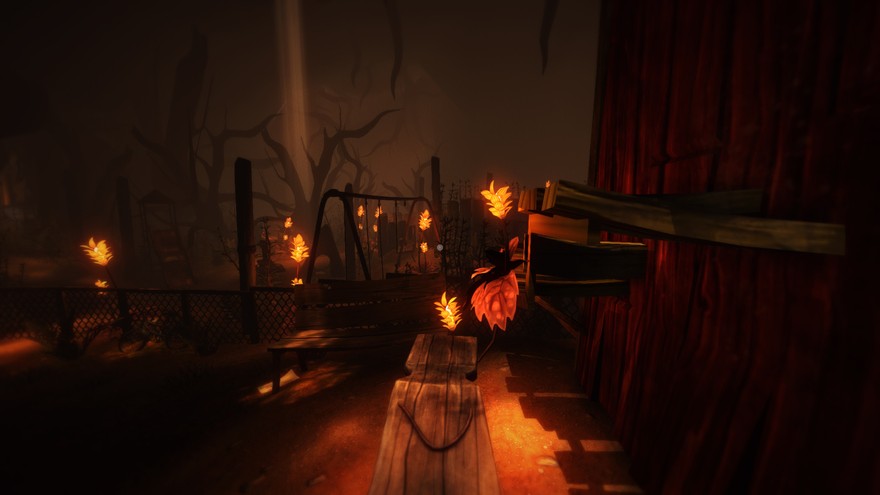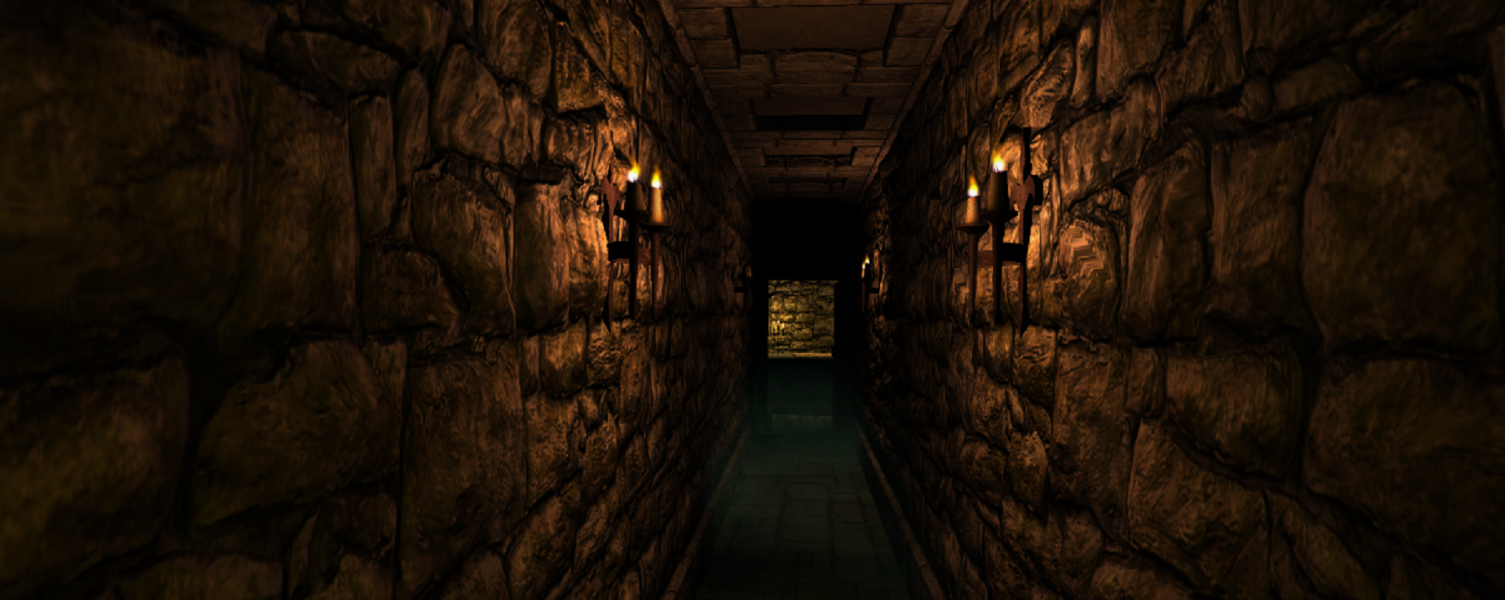This article is part of a collaboration with iQ by Intel.
In the past 100 years or so of horror films, things have gotten pretty scary, from Jigsaw all the way back to Nosferatu. But we always had a buffer. The screens we view them on serve as discrete boundaries. We can always see the frame of the TV, even if it looks like Freddy Kruger’s razor-claws might be on the verge of passing through. But with the coming wave of virtual reality videogames, spurred on by the development of the Oculus Rift and Sony’s Project Morpheus, horror is about to make a hair-raising jump from the screen to inside your head. That reassuring border will disappear.
For many, the dread is present from the start. Engaging with virtual reality in the first place is an isolating and intimidating experience, requiring that players wear a mask and noise-canceling headphones. “For me, it’s the feeling of being trapped,” says Adrian Tingstad Husby, an artist on the VR-enabled horror game Among the Sleep. “It’s so claustrophobic to have a dark, all-enclosing device strapped to your head.” Maybe you momentarily feel you cannot breathe, but soon you realize you can look around and move freely. “That you explore the games by turning your head, like you do in real-life, makes it eerily real,” he says, referring to the feeling of “being there” that all the developers I spoke with echoed.

Virtual reality does more than move the screen really close to your face, though. “It allows for new textures of fear. It taps into your spatial awareness to make you feel that a creature has a physical presence,” says Sergio Hidalgo, the designer of the horrific dungeon crawl Dreadhalls. And creatures with physical presence do creepy stuff that creatures confined to screens can’t do, such as follow you. A devious trick of Hidalgo’s is to dangle some obscure diabolical shapes on the edge of your periphery, having them vanish the moment you turn to look. “This way you feel like you’re being stalked, as if there was something else in the room with you, but the nature of the menace remains unknown,” he tells me.
If you’re thinking VR horror is some phantasmagoric mirage that the strong-willed can muscle themselves through, think again. Cynthia Jones, a therapist at Duke University, has been using VR for years to treat phobias such as the fear of elevators, cockroaches, and flying, and she tells me that the human nervous system is wired in such a way that it is unable to distinguish between real and virtual terrors. “You see babies responding to fear cues that they clearly couldn’t verbally understand,” she says, explaining how fear comes preprogrammed in our DNA from evolution. As such, it’s relatively easy to trick the brain into being scared. “Part of the fragility about our nervous system is that it can be deceived,” she says, which allows her to convincingly recreate scenes of panic, even though her clinic’s VR gear was purchased in the ‘90s and is far from photo-real.

Given its pure shock power, technologically advanced horror could be the way many people first experience the new wave of virtual reality technology. This could be a good or a bad thing. “I’ve had people who basically threw themselves out of the chair,” Jones says, and it seems to be a common theme. Mark Paul, designer of the necromantic horror game Affected, has similar anecdotes. “The first few months of work on Affected were the most interesting in terms of me fearing my own creation,” he says. “The game would make me physically jump no matter how many times I played.” And the worst (or, to horror fans, best) part? In horror movies, you could close your eyes and the movie would roll onward, but in VR, that’ll only lead you head-first into a wall. Prepare to get really scared.
